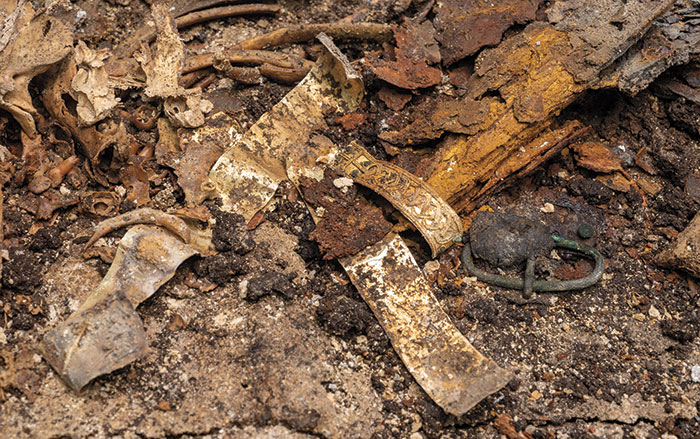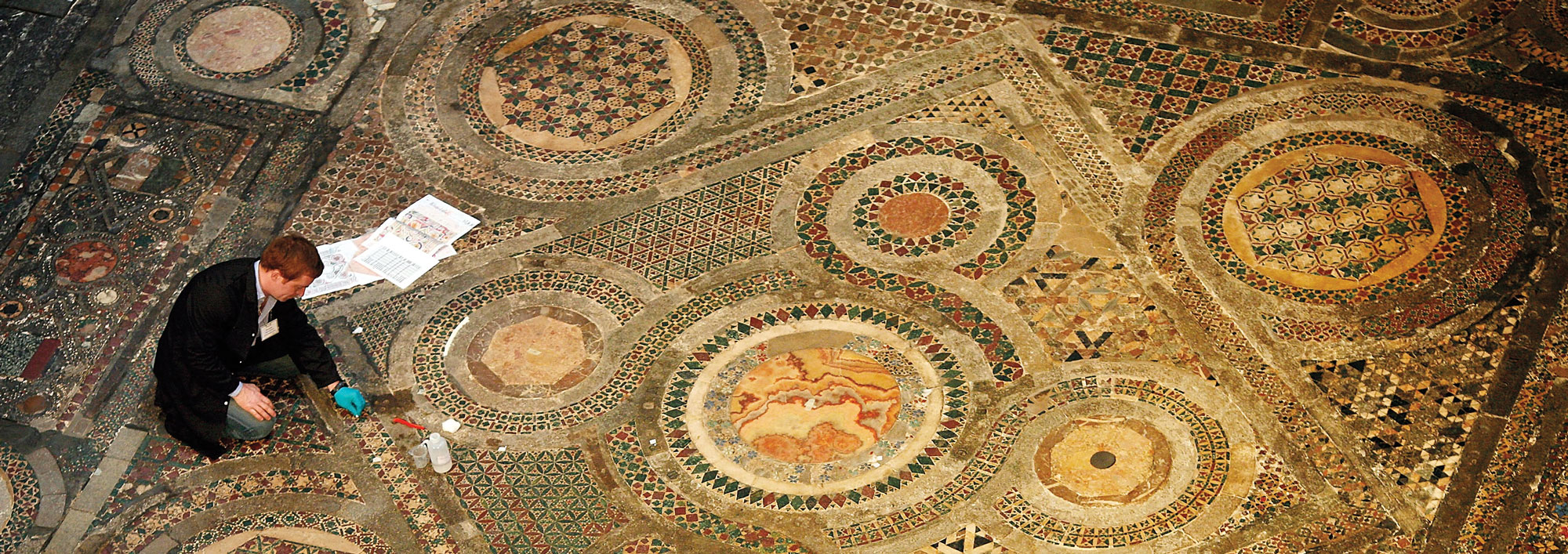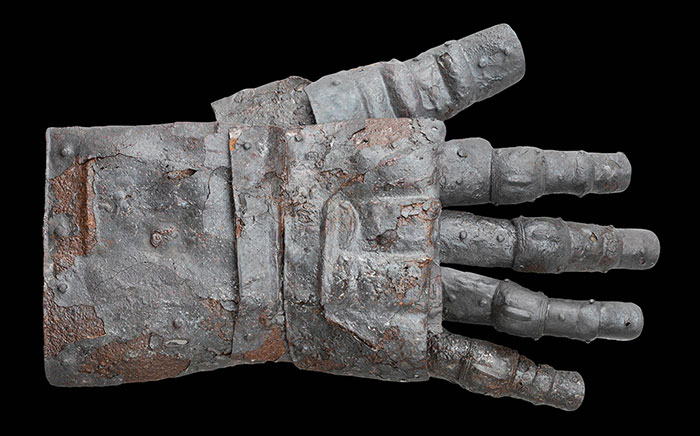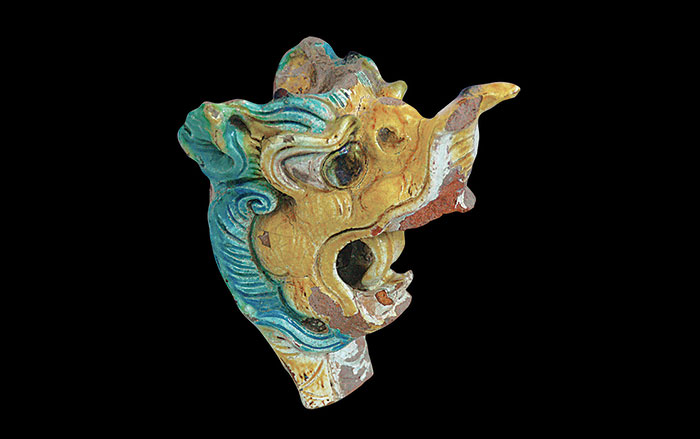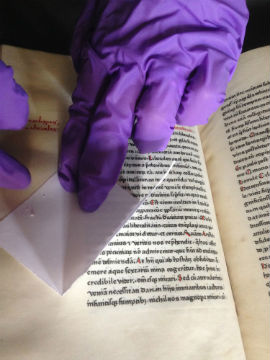
YORK, ENGLAND—A multi-disciplinary, international team of researchers, led by Sarah Fiddyment and Matthew Collins of the University of York, examined the tissue-thin vellum used to produce pocket-sized Bibles in thirteenth century France, England, Italy, and Spain. Some scholars have suggested that the skin of fetal calves had been used to produce such fine pages, since many sources use the Latin term abortivum to describe them. To find out, samples of protein were collected from the pages of 72 pocket Bibles with an electrostatic charge generated by gentle rubbing with a PVC erasers. “We found no evidence for the use of unexpected animals; however, we did identify the use of more than one mammal species in a single manuscript, consistent with the local availability of hides,” Fiddyment said in a press release. The ultra-thin pages have since been reproduced by parchment conservator Jiří Vnouček. “It is more a question of using the right parchment-making technology than using uterine skin. Skins from younger animals are of course optimal for production of thin parchment but I can imagine that every skin was collected, nothing wasted,” he said. To read about the excavation of a thirteenth-century tannery, go to "Medieval Leather, Vellum, and Fur."


